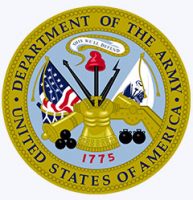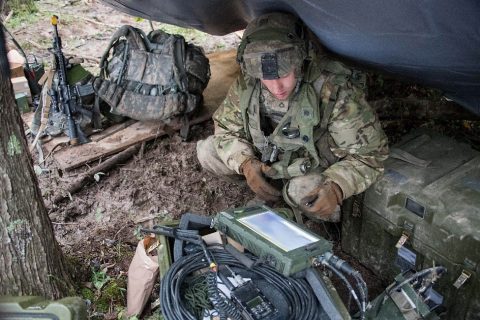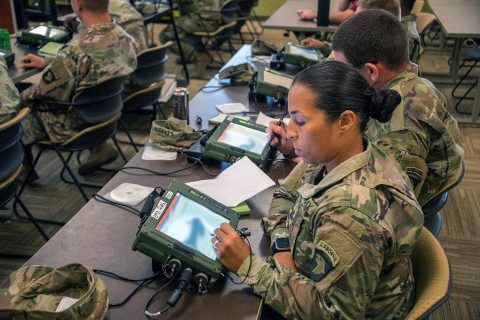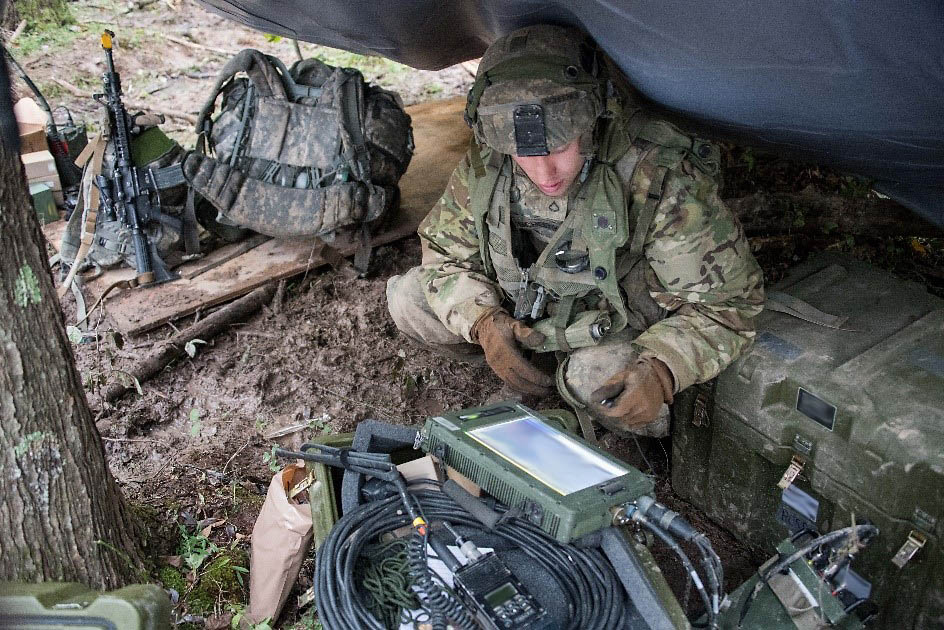Written by Maj. Nayari Cameron, Test Officer
Maneuver Support and Sustainment Test Directorate, U.S. Army Operational Test Command
 Fort Campbell, KY – Two units of the 101st Airborne Division (Air Assault) are testing an upgrade to the Spider munition system here, used to defend perimeters and support offensive ambushes and situational obstacles.
Fort Campbell, KY – Two units of the 101st Airborne Division (Air Assault) are testing an upgrade to the Spider munition system here, used to defend perimeters and support offensive ambushes and situational obstacles.
Soldiers with the 39th Brigade Engineer Battalion and 1st Battalion, 26th Infantry Regiment of the 2nd Brigade Combat Team, 101st Airborne Division are employing the Spider Increment 1A networked munition system along with testers of the U.S. Army Operational Test Command (USAOTC), based at West Fort Hood, Texas.

Together, they are collecting data to inform senior Army leaders on how effective, suitable, and survivable Spider will be during real-world operations.
“Spider is a networked munition system providing an improved networked munition control station and the ability to employ and control current Spider antipersonnel (AP) munitions and demolitions,” said Capt. Benjamin Borys, assistant Spider test officer with USAOTC’s Maneuver Support and Sustainment Test Directorate (MS2TD).
Borys stressed that Spider is not technically a mine, but a “not victim-activated” munition system.
“The Army no longer uses victim-activated systems that would detonate immediately if someone or something triggers the system,” he said.

Instead, Spider Increment 1A is a networked munition package with a “man-in-the-loop” setup, said Borys, using a remote control station to monitor the system, while controlling every munition system networked to it.
“This test is a great opportunity that fell into our lap,” said Lt. Col. Keith Carter, commander of 1-26 Infantry about the ability to conduct realistic training for companies in his battalion.
MS2TD Test Officer Edward Jagodzinski said, “The 101st Airborne Division has embraced this operational test event placing the 2-BCT in the lead to ensure the Spider Increment 1A, employed by its organic engineers, can support its infantry companies on the battlefield.”
“Since operational testing is about Soldiers and unit missions,” said Jagodzinski, “this test event is about making sure the systems developed are — and remain effective — in a Soldier’s hands and suitable for the environments in which Soldiers and units train and fight.”
About the U.S. Army Operational Test Command
As the Army’s only independent operational tester, USAOTC tests and assesses Army, joint, and multi-service warfighting systems in realistic operational environments, using typical Soldiers to determine whether the systems are effective, suitable, and survivable. USAOTC is required by public law to test major systems before they are fielded to its ultimate customer — the American Soldier.
The Maneuver Support and Sustainment Test Directorate conducts operational tests of combat engineer, chemical, transportation, military police, quartermaster, ordnance and medical service systems in order to provide our senior leaders with the necessary information to field the highest quality equipment for the warfighter.



